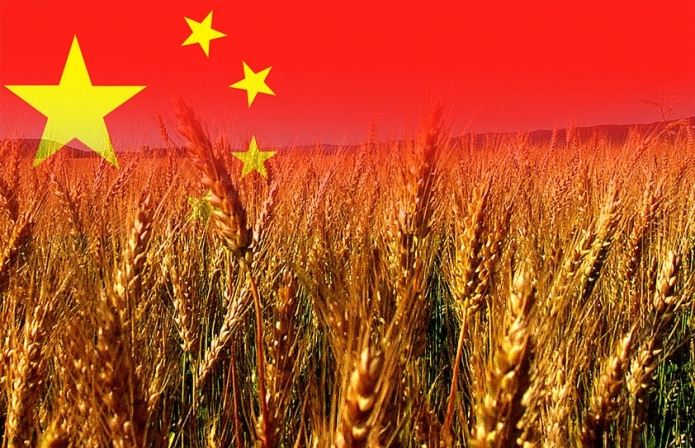China plans to harvest record wheat crop in 2025 and increase grain and vegetable oil reserves

China has raised its grain production target for 2025 to 700 million tonnes and increased its reserve budget by 6.1% to $18.12 billion to ensure food security amid rising tensions with trading partners, and allocated $7.04 billion for insurance premiums for farmers, CNBC reported. Beijing also plans to increase support for the meat and dairy sectors, which have been struggling with overproduction.
In 2024, the country planned to harvest 650 million tons of grain, but the actual harvest reached a record 706.5 million tons. Imports of grain and soybeans amounted to 157 million tons, and their value decreased by 8% to $215 billion.
The increased food security measures indicate preparations for a trade war with the US and a worsening geopolitical situation. In addition, after imposing tariffs on Chinese electric vehicles, China has launched an investigation into imports of pork and dairy products from the EU and canola from Canada.
The country's authorities will encourage farmers to increase soybean production, as up to 80% of consumption is currently imported. At the same time, work will continue to reduce the use of soybean meal in animal feed, which is planned to be replaced with alternative types of flour, in particular rapeseed or cottonseed.
In addition to soybeans, China plans to increase production of other oilseeds and sugar crops, cotton, and natural rubber. It will also introduce a policy of minimum purchase prices for wheat and rice, and improve the mechanism for forming grain prices, which will promote the development of the country's agricultural regions.
China is set to harvest a record wheat crop in 2025, thanks to good weather, reducing its dependence on imports, COFCO International said. Nearly 90% of the wheat grown in the country is winter wheat, which is sown in October and harvested in June.
In 2024, China, one of the world's largest wheat importers, increased its own production by 2.6% compared to the previous year to a record 140.1 million tons, which allowed it to reduce imports by 7.4% to 11.18 million tons and increased pressure on quotations in Chicago. However, increased production and stagnant consumption have led to a surplus of wheat supplies, which will increase in 2025/26 MY, COFCO experts believe. Demographic changes in the country are reducing demand for flour and components of the flour milling industry, so the surplus of wheat will be covered by the feed industry and government purchases.
According to Reuters, in February China postponed imports of 600,000 tonnes of wheat, mostly from Australia, amid an escalating trade war with the US. Currently, demand for wheat, barley and sorghum from the PRC remains low, but experts expect it to recover in the second quarter of 2025.
The other day, the country's authorities increased duties on agricultural products from the United States worth $21 billion in response to the introduction of tariffs by Trump.


